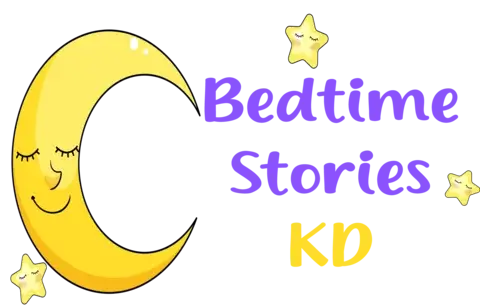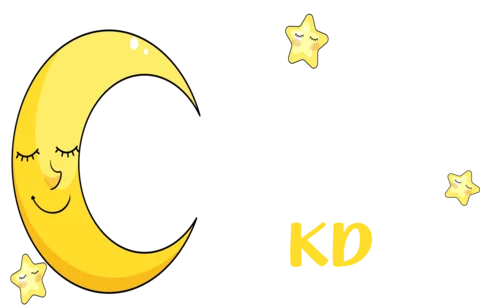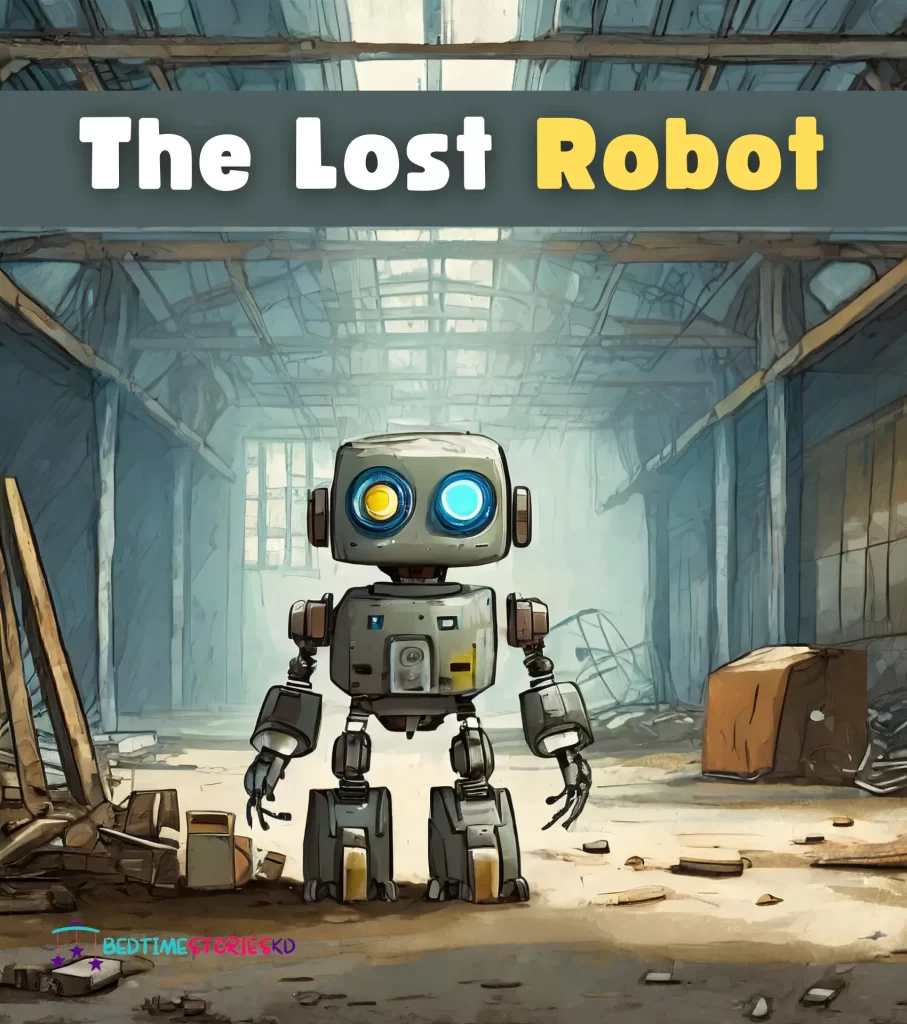Science fiction is a genre of literature (as well as film and television) highly appreciated by both young and old, so it couldn’t be missing in the Fantasy Forest. And if you’re not quite sure what science fiction is… try answering these questions: Have you ever wondered if there is life on other planets? Have you ever asked your parents what that end of the world thing is about? If these questions sound familiar to you, then you know more about science fiction than you think.
Just like you, many people have been asking these kinds of questions for ages, like whether we’ll be the only beings in the galaxy or if technology will ever advance enough to make space travel or time travel possible. All these topics, based on theories, science, and certain facts, shape the stories of science fiction that we can read in books or watch on the big screen. And they are fascinating!”
Fictional short stories
Elements of fictional short stories
Like other forms of writing, science fiction contains the usual elements found in a novel or short story, such as the existence of a specific setting, character development, a theme and plot, and a structure. But let’s delve deeper into it:
Setting the scene. The setting is the context in which a story or scene takes place, including details such as time, place, or social environment. It’s important to establish a setting in every story so that the reader can immerse themselves and visualize everything in detail. In a science fiction story, these settings could be other planets or familiar cities hundreds of years in the future.
Character development. Characters are essential in any story and can be human or non-human, such as animals, robots, or aliens.
Plot development. The plot is the main journey that a movie, story, or any type of narration follows, and in science fiction, it often revolves around technological discoveries, Martian invasions, or time travel.
Structural setup. A structure is necessary to accommodate characters throughout the story and to develop its plot, through the introduction, the climax, and the resolution.
Theme development. The theme is the main idea or underlying meaning that the writer wants to convey to the reader, such as encounters with other forms of extraterrestrial life.
Now that we’ve learned about the characteristics of science fiction, how about writing your own story? All you need is to have confidence in yourself and think carefully about those common themes in these kinds of stories: themes like technology, space adventures, robots, aliens, the fate of the planet… and choose the one that you like or inspires you the most. You could be the Jules Verne of the 21st century! Are you up for it? And if you’re not feeling ready yet, don’t miss out on all our science fiction stories for kids and adults, where you’ll surely find the best inspiration and have the best of times.










